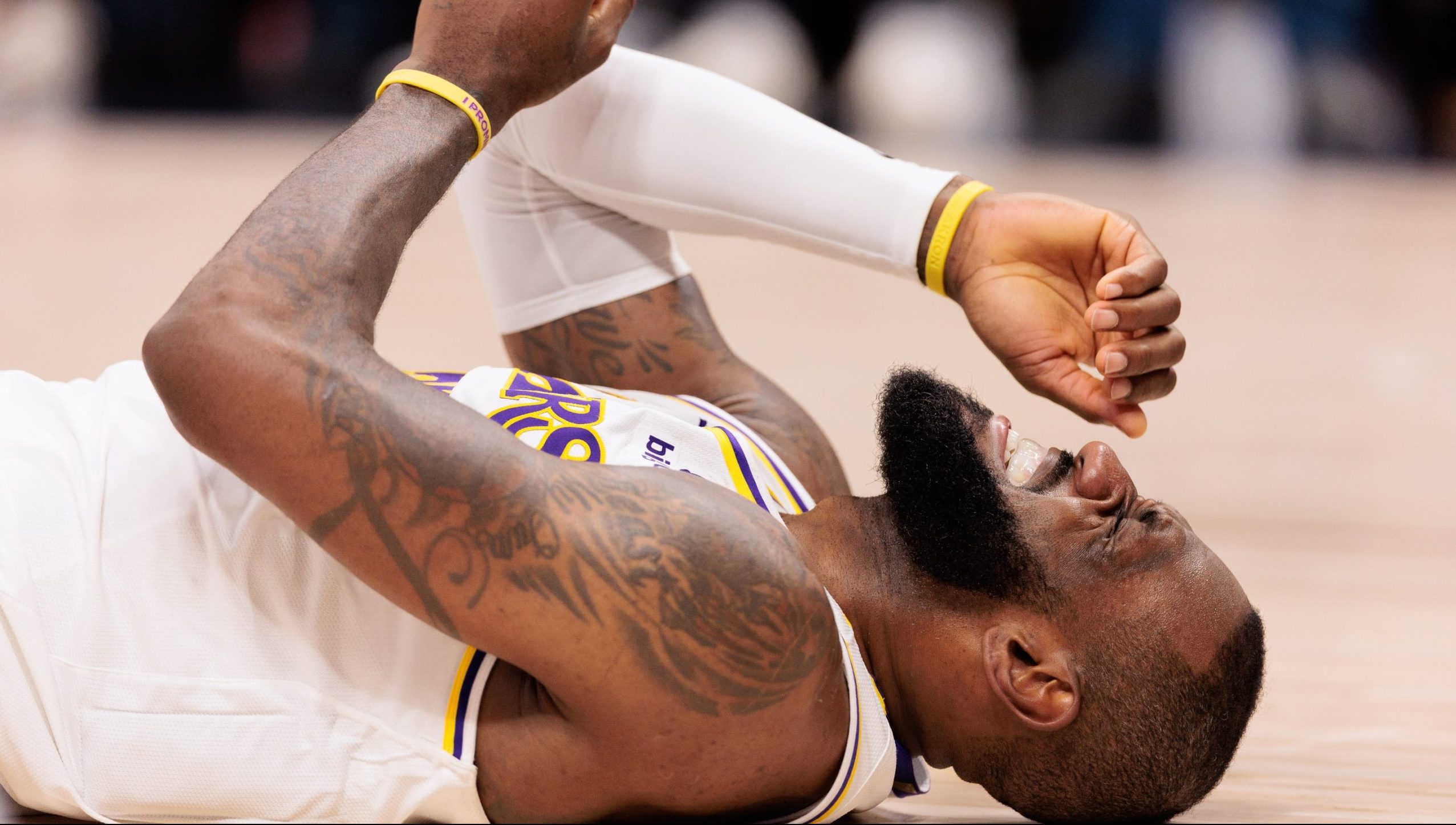After nearly a year of speculation, analysis and dispute, the baseball world has come to somewhat of a consensus on the cause of the sport’s recent home run spike: It seems the baseballs themselves are different, in ways that help them carry farther.
Thanks to the work of Ben Lindbergh, Mitchel Lichtman and Rob Arthur, this conclusion is backed by loads of data. In an article published two weeks ago on The Ringer, Lindbergh and Lichtman tested dozens of baseballs from before and after the sudden surge in home runs midway through 2015 and found meaningful differences in the respective height of the seams and coefficient of restitution (i.e. bounciness). Arthur affirmed that conclusion Wednesday in a piece on FiveThirtyEight that examined the wind resistance of fly balls in recent seasons.
In addition to the numbers-crunchers, numerous MLB players have commented that the ball feels different and could explain the home run boom, and common sense says the spike was too sudden to have been primarily caused by PED use or uppercut swings.
Whether intentionally or accidentally, Major League Baseball seems to be playing with juiced baseballs. And now that we all know, it’s time to ask what comes next. Is this a problem, and if it is, what should MLB do about it?
Well, the league has two basic courses of action:
1. Correct for the changes to the ball, thereby reducing home runs (and strikeouts)
Major League Baseball in 2017 features more home runs than ever before. Yes, even more than at the height of the “Steroid Era” in the late 1990s and early 2000s. Across baseball, journeyman slap hitters are on track to hit 25 or 30 dingers while previously impotent “sluggers” like Justin Smoak and Logan Morrison could approach 40.
Along with those home runs come strikeouts, which have climbed steadily for more than a decade and are still on the rise. With long balls easier to come by than ever before, players are incentivized to employ big uppercut swings and shoot for the fences at all times. That means a whole lot of whiffs.
And all these Ks have a dramatic negative effect on baseball’s watchability. Most fun baseball events—defensive highlights, baserunning adventures, close plays, etc.—happen after the bat hits the ball. With the ball in play less than ever, a sport criticized for lack of action keeps getting less eventful.
It would not be too hard for MLB to address the ball, thereby slashing home runs and Ks. The league (which has thus far denied that changes to the ball have led to the home-run boom), could simply tighten the range of acceptable measurements for the ball, bringing homers back to a historically precedented level and cutting strikeouts by consequence.
That course of action comes with a substantial problem, however. Despite home runs leaving the park at a freakish rate, run-scoring across the league is not particularly out of whack. This season lands on the high side of the all-time runs-per-game spectrum, but offense has been stronger at numerous points in the sport’s history. With strikeouts way up and singles way down (even independent of the home-run surge), long balls are the main factor keeping scoring at a reasonable rate. If MLB suddenly sapped the power from the game, we would likely see a return to the low-scoring affairs that raised alarm in 2013 and 2014.
And that brings us to our other option:
2. Do nothing, enjoy the home runs until they go away
As MLB commissioner Rob Manfred see it, the home run/strikeout problem is no problem at all. Manfred told Yahoo’s Jeff Passan recently that, “our fan research suggests that people like home runs and they actually like lots of strikeouts.”
And so MLB could simply ignore evidence that the ball has changed and happily watch middle infielders belt 30 home runs as strikeouts continue to soar. Baseball might look radically different before long, but as long as people are watching, that’s no worry to the commissioner.
The problem there, besides the aforementioned issues with an all-or-nothing game, is that the home-run boom could disappear as quickly as it arrived. As Arthur points out on FiveThirtyEight, “The same random manufacturing changes that might have made it bouncier and slicker could just as easily make it stiff and air resistant.” If baseball chooses to take action, it can think carefully about how best to calibrate run-scoring. If it does nothing, the game will be left to the whims of ball manufacturers.
So ultimately the choice before Manfred and company is this: Get out in front of the home run/strikeout surge and manage it in a way that’s best for the game or continue to let subtle and sometimes random changes in the ball’s composition dictate what baseball looks like.







Comments are closed.